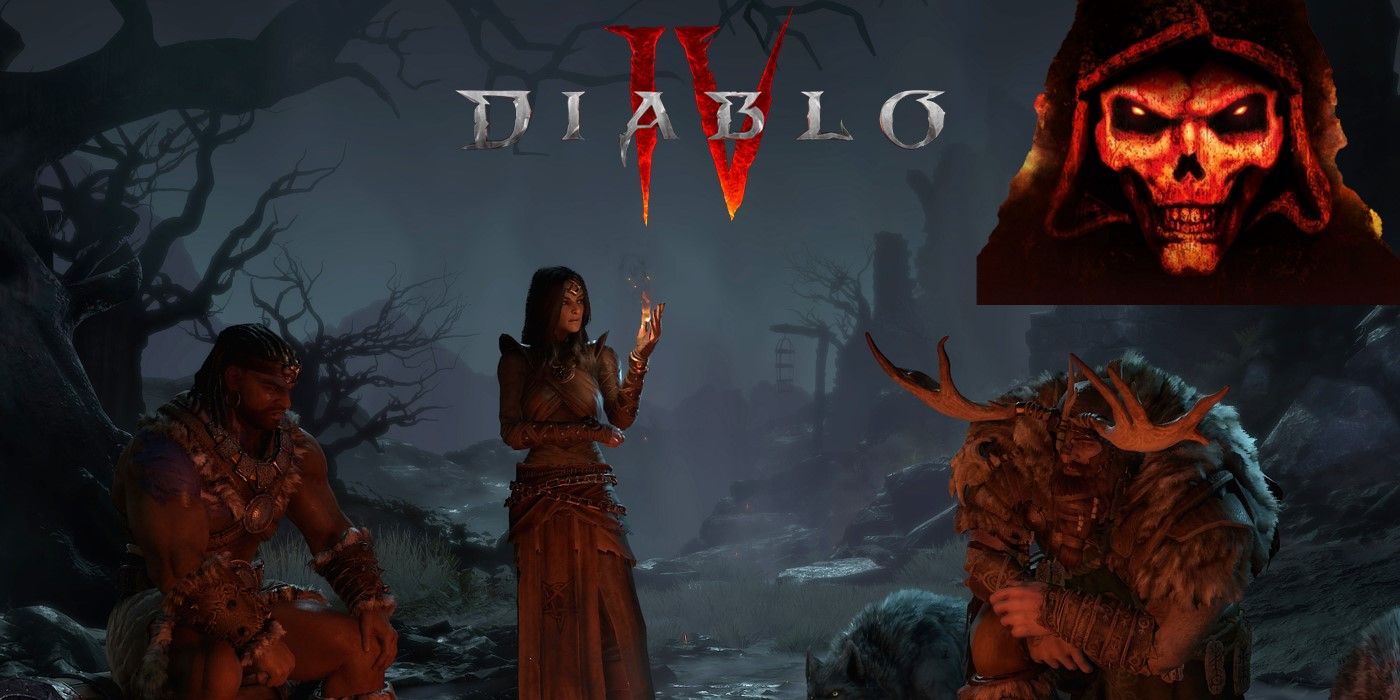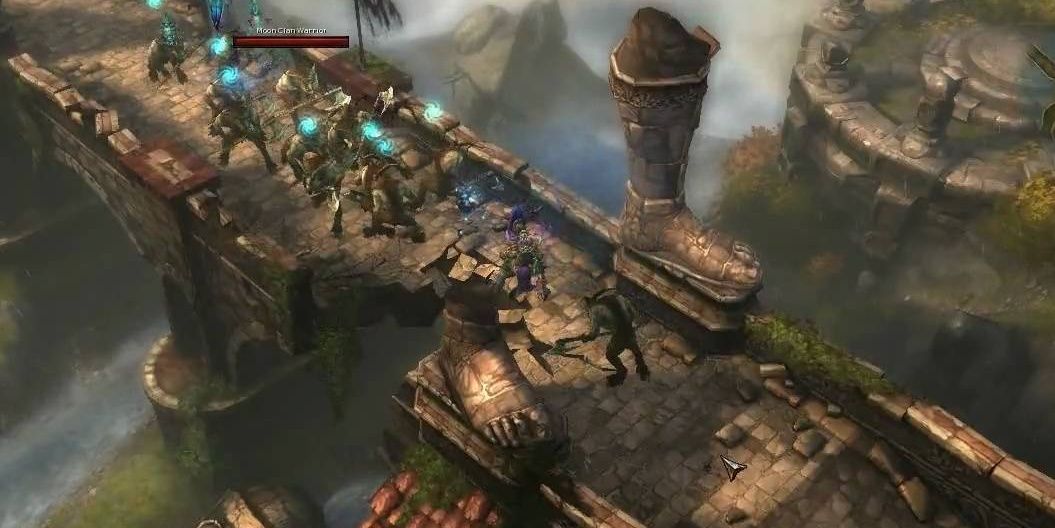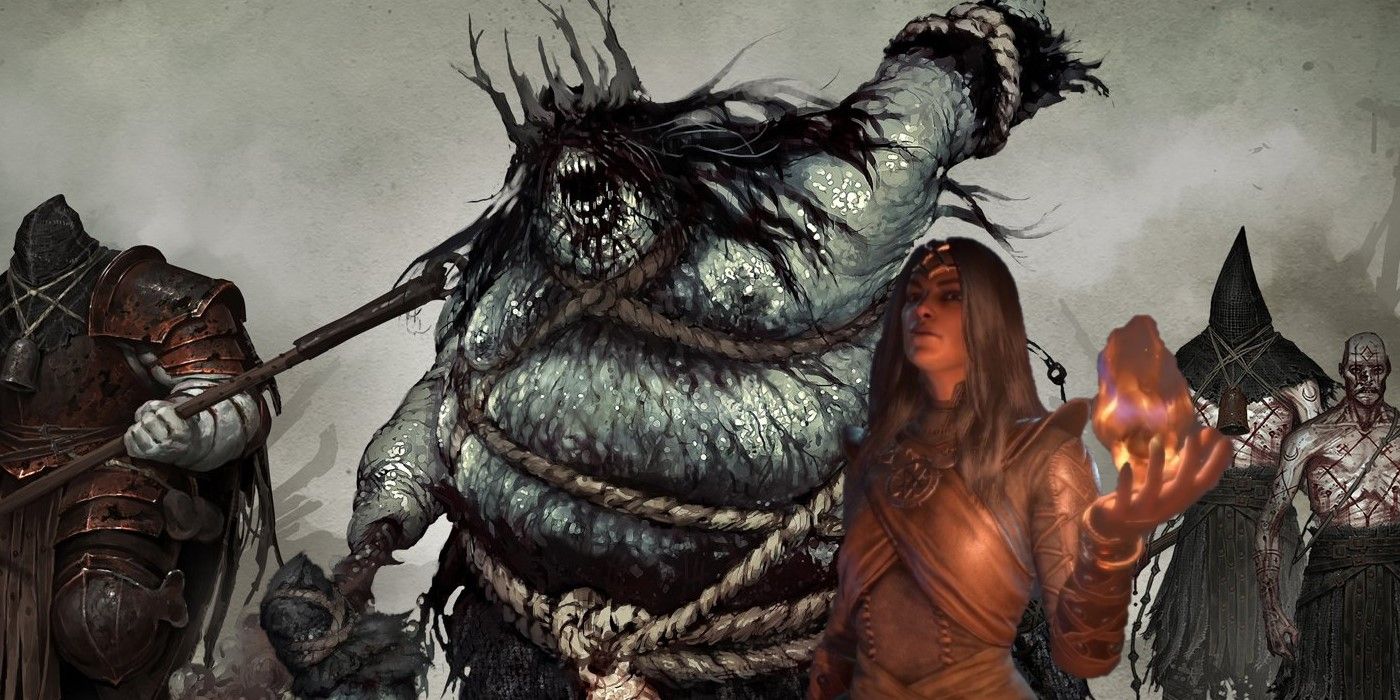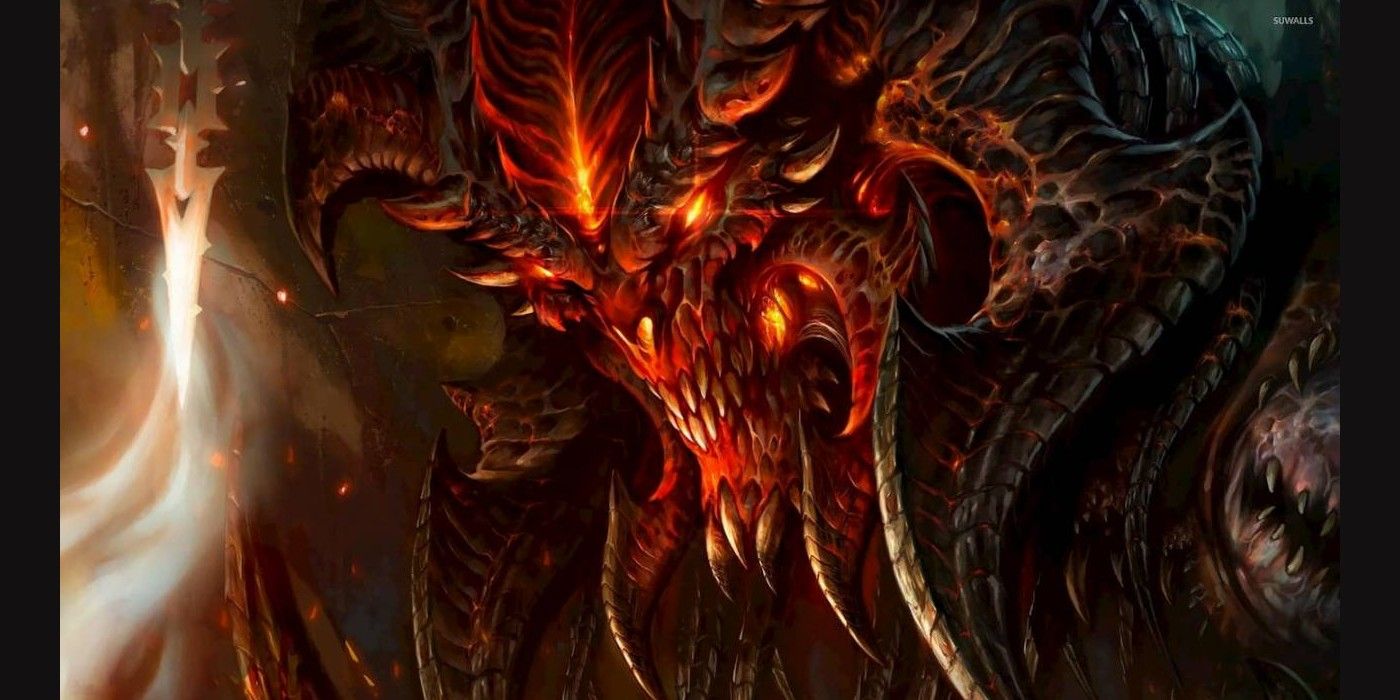Diablo games have shaped generations with the uniqueness of their first titles, but especially Diablo 2 and its expansion called Lord of Destruction are what forever changed the action RPG genre. Diablo 2 had its own incredible depth, and the game was immensely successful right from the start. When its remastered edition, called Diablo 2: Resurrected, will finally breathe new life into one of the most beloved classics of all time. With such a premise, it was inevitable that this 21-years-old game would end up influencing the all-new chapter of the series, Diablo 4. The question is, to what extent?
Diablo 4 is currently in development, and very little is known about the game apart from a few key details, and some of the classes that will be available for players to choose from. Still, Diablo 4 carries the onus of the problematic inheritance of Diablo 3, which was and still is played regularly by many fans, but those same gamers couldn't help but notice the third installment in the series was lacking from the very start. Then, there is Path of Exile, and now Path of Exile 2 is in the works as well, meaning that Diablo 4 will have yet some more competition and sources of inspiration at the same time.
The Inheritance Of Diablo 3, And Why There Is Hope For Diablo 4
The main issue with Diablo 3 is the lack of a proper endgame, to which the game never found a solution that was good enough to warrant intensive gaming sessions once the main content was finished. This is something that Diablo 3's competitor Path of Exile did very well, in the form of consistent expansions to its Atlas system of tiered areas accessed via Maps, and extra content like the Conquerors of the Atlas and now the Maven, a deadly boss introduced last January. Diablo 3 never reached these same gameplay peaks, and its seasons can feel repetitive for players who have already mastered all the content the game has to offer.
Because of this, the fact that Diablo 4 is looking much more like Diablo 2 than its closest predecessor can bode very well for what the game will entail once it releases. Blizzard is also being very transparent with Diablo 4, making quarterly reports that tell what the developers' key changes or additions are, and what is the result of some feedback being taken into consideration. In fact, Blizzard has been very open to criticism so far, and players have contributed to the development of Diablo 4 by voicing their thoughts, feelings, and opinions, which is also a good indicator of what the potential of the game truly is.
A History Of Classes In All Diablo Games, Up to Diablo 4
One of the main elements that may feel well known in Diablo 4 resides in the classes revealed thus far, which include the Sorceress, the Druid, the Barbarian, and the Rogue. These are all familiar archetypes, and they seem to be going back to the roots of Diablo 2, rather than following the path laid down by the characters that Diablo 3 currently has to offer. The Sorceress and the Rogue are classic characters from the Diablo series, and they were present ever since the very first Diablo game to release, albeit in different shapes and forms.
The Sorceress was extremely popular in Diablo 2 as well, and it made her return to Diablo 3 as well under a different name, the Wizard. The Rogue, on the other hand, was referred to with that name only in the first Diablo game prior to Diablo 4. Now this class was present in Diablo 2 as the Assassin, and then some of its elements were carried over to Demon Hunter in Diablo 3. The Druid, however, was a Diablo 2 class and it never appeared prior to that game, nor to the one that followed, making Diablo 4's inclusion of the Druid all the more exciting for long-time fans.
Lastly, the Barbarian is one of those classes that slowly became a staple in Diablo games. Diablo included a different breed of this class in the form of the Warrior, and then both Diablo 2 and Diablo 3 had the Barbarian, who's now returning in the fourth entry. Diablo 4 will also see the return of a Diablo 3 feature regarding character customization, which allows players to select the character's gender instead of providing classic ARPG characters with a predetermined set of distinguishing traits.
What Diablo 4 Takes From Diablo 2, And Why It's A Good Thing
This is not all, of course, and Diablo 4 is distancing itself from Diablo 3 by adapting to grittier aesthetics that match those of Diablo 2 in comparison. Diablo 3 strayed too far from the dark atmospheres of its predecessor, and it was an assault on the senses because of the bright color palettes, a far cry from previous Diablo games. Diablo 4 is also coming with many new things that will make it a much deeper experience of build customization, like Diablo 2. Aspects like a passive talent tree, and also the addition of several item affixes coming from past entries in the series are very familiar to Diablo 2 players.
Enemy density also seems changed from Diablo 3's hordes of enemies, and the approach to combat with Diablo 4 appears more strategic in comparison. Killing specific foes through unique methods is reminiscent of the Diablo 2 days, when players had to adjust their primary damage sources based on resistances. Even one of the major antagonists in Diablo 4 is someone from Diablo 2's past, a demon by the name of Lilith. Another feature that's coming back, this time from Diablo 2, is PvP; players will finally be able to test their skills and mettle against other gamers in deadly matches once Diablo 4 is released.
Overall, the fact that Diablo 4 is looking so much like Diablo 2 is great news, and with Diablo 2: Resurrected just around the corner the wait for the fourth installment will be less difficult to bear.
Diablo 4 is in development.




